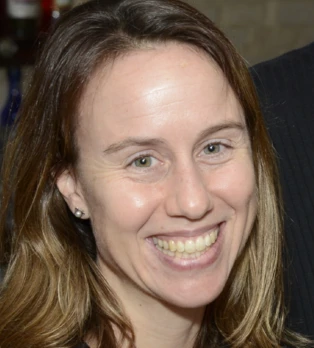
Computer animation has become increasingly sophisticated in recent decades. Since it took off in the 1970s, animation has expanded from cartoons to live films and animated movies, as well as advertising and video games. It has moved from two-dimensional graphics to three-dimensional, or 3D. It has also become a highly tradable service. Exports of animation from South Korea were estimated to be almost $400M in 2012. Furthermore, South Korea, historically a back-office for the American animation industry, is increasingly becoming a global exporter of it is own content, gaining additional revenue from royalties and distribution rights.
While Cambodia’s contribution to the industry is still small, demand is growing worldwide for good, low-cost animation. Industries beyond film and television are increasingly using animation to get their point across. Institutions use animation in instructional or promotional films. Governments use it in public service announcements. It is used in more industrial settings, too: in architecture and courtroom evidence.
At least three institutions in Cambodia are developing students’ technical skills related to 3D animation, each with different aims. Phare Ponleu Selpak (PPS) is the most overtly service-minded. It is a Cambodian non-governmental organization that started in 1986 to bring together children from a refugee camp on the Thai border and teach them the visual and performing arts. The institution’s courses range from circus acrobatics to traditional music. The visual arts program includes a computer animation studio, 1000 Hands, that specializes in cartoon animation, with focus on educational and public service projects, such as this short health film and this film on sanitation. The studio has done projects for UNICEF and Phnom Penh’s biggest public hospital, and is working on a feature-length cartoon for Oxfam Quebec.
Objectif 3D is a French animation school that recently established a campus in the outskirts of Phnom Penh. It specializes in post-high-school education and teaches 3D animation, a technique used in many cutting-edge films. Alumni of O3D have worked in a number of internationally recognized projects, including Shrek the Third, Batman Begins, Madagascar 2 and two of the Harry Potter films. The institute was originally targeted to French students but is now open to both foreign and Khmer students.
A third institute in Cambodia is owned by an Indian company based in Kolkata. Called the School of Animation, Digital Asia, it opened in 2003 and is part of a conglomerate that includes an agriculture project, an aviation school and a film studio. The animation school has philanthropic and social objectives in addition to making good products, according to the institute’s website.
These private initiatives demonstrate that a least-developed country such as Cambodia can seize the opportunities that technology has opened in high-value-added services niches. With time, these institutes could do even more for the local economy. Ideally, they could serve as catalysts to attract specialized FDI. To enable this process, however, the government should take care to support these and similar initiatives with policies that foster the development of the high-tech and creative services industries, such as a recent United-Nations-led effort to increase Cambodians’ access to broadband internet. Julian Clarke, the resident Senior Economist who is leading led the trade agenda with Cambodia, adds that government should strengthen its efforts in two areas where the country is lagging: telecom infrastructure and a clear and predictable regulatory environment. With continued growth of the creative arts community, a good policy environment and more hard work by these animation schools, the West could see more Cambodian handiwork on the big screen.




Join the Conversation